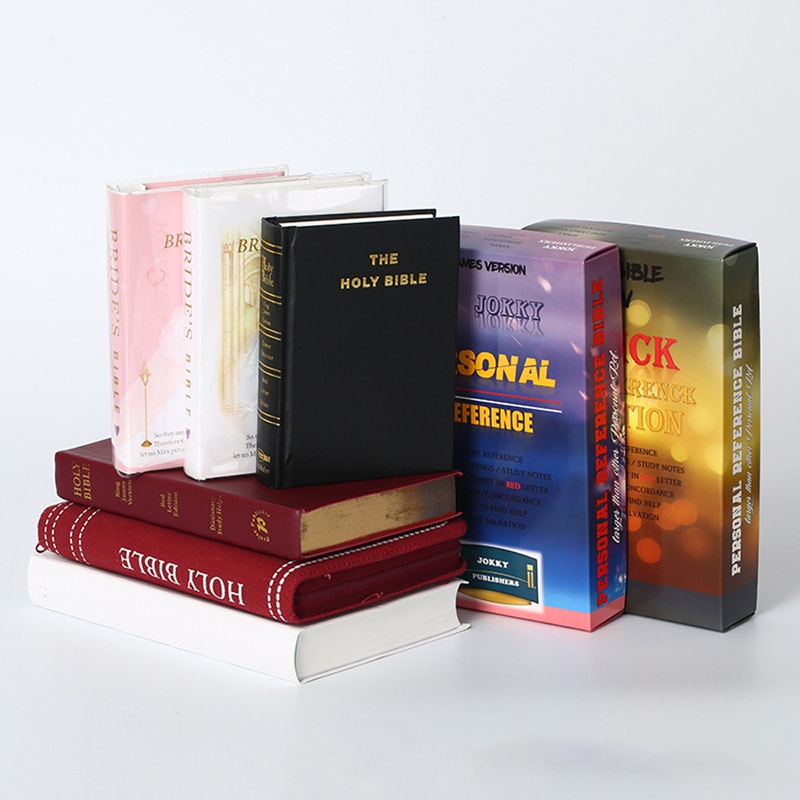close
Choose Your Site
Global
Social Media
loading












The printing process of the Bible is similar to that of other books, relying on modern printing technology for mass production. Here are the main steps in the printing of the Bible:
1. Text Preparation
The printing of the Bible begins with the preparation of the text. Depending on the version and translation required, the publisher will proofread and edit the text from the original text (Hebrew, Greek, Aramaic) or the translated text. This stage also includes the layout of the content, determining page numbers, chapter divisions, font size, and the format of annotations.
2. Layout and Design
The layout of the text is an important step, especially for a book with a large amount of content such as the Bible. The designer will decide how the text will be laid out, how it will be distributed across the pages, and whether to include additional content such as illustrations, maps, or annotations. With the advancement of modern printing technology, the layout process is usually completed on a computer.
3. Choosing Paper and Binding Materials
The Bible often uses higher-quality paper because it has a large number of words and pages, which usually requires lightweight, durable paper. Thin paper (such as Indian paper) is generally used to reduce thickness. The choice of binding material is also important and may include hardcover, softcover, or special decorative covers such as leather bindings.
4. Printing Technology
Modern Bible printing uses several major printing technologies:
Offset Printing: This is one of the main methods of book printing today. The printing press transfers the image or text to a rubber blanket and then presses it onto the paper, ensuring consistent printing quality for large-scale production.
Digital Printing: This is used for printing small batches of Bibles or custom editions. Digital printing allows for flexible adjustments and fast printing, especially when producing specific languages or special editions.
Letterpress Printing: This was the method used in the early days of printing Bibles. It is less used today, but is sometimes still used to reproduce classics or special commemorative editions.
5. Printing Process
In the printing press, the typeset text is printed in batches on paper. The speed and accuracy of the printing depends on the machine and technology used. For books like the Bible, clarity and readability are particularly important, so the printing process needs to be highly accurate to ensure that there are no blurred or missing texts.
6. Binding
The printed pages are cut, folded, and arranged in the correct order before entering the binding process. Binding usually includes perfect binding, thread binding, or hardcover. Perfect binding is suitable for most paperback Bibles, while hardcover editions use more durable binding methods such as seams and hardcover.
7. Testing and Quality Inspection
After printing and binding, each Bible will be tested for quality to ensure that there are no printing errors or missing pages. Especially for mass-produced editions, quality control is an extremely important step to ensure that all products meet standards.
content is empty!